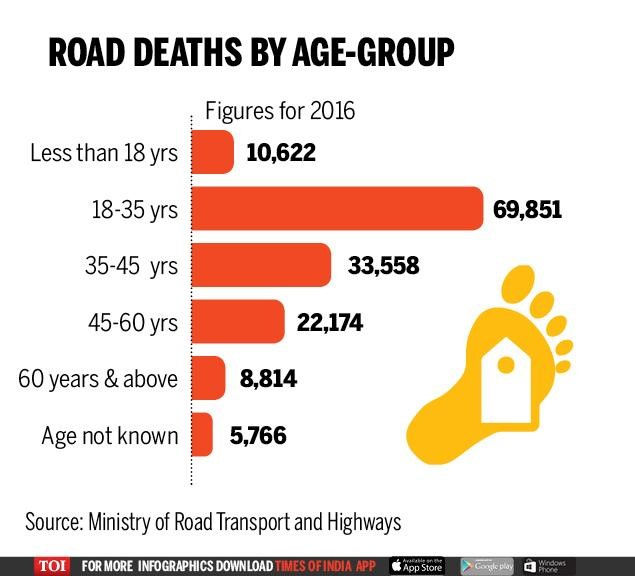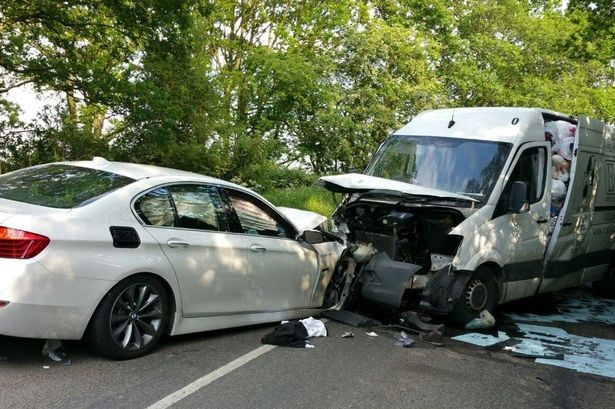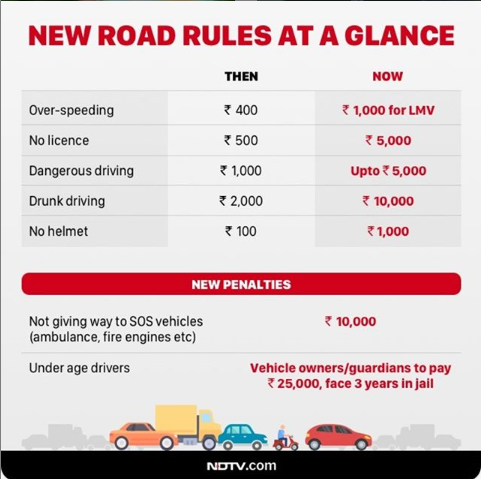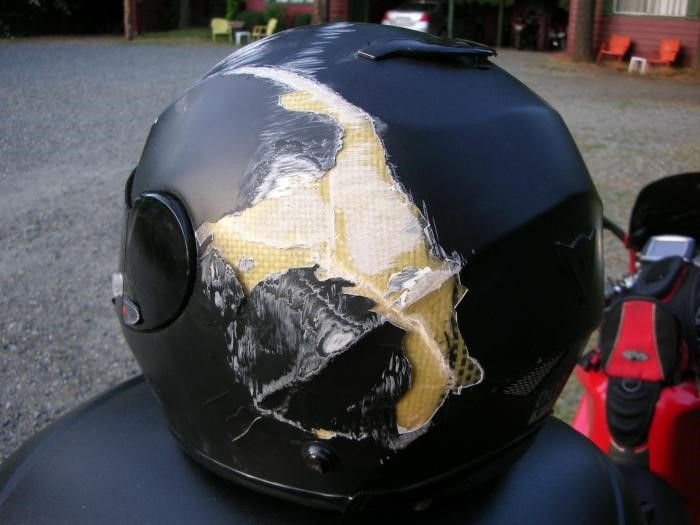Automobile Safety: India needs its own NCAP facility
- webtheinquisityclu
- Oct 3, 2020
- 5 min read
India contributes just 1% of the world’s vehicle population and we contribute to 6% of global road accidents. Per year 3-6% of India’s GDP gets invested in road accidents. These are some serious numbers and what is even more concerning is 70% of road accidents happen among the age group of people under 30.
Yes, one can blame the government for the sorry state of the roads in India. But, one can’t deny the fact that 56% of the accidents in India occur due to over speeding of which eight-thousands of them resulted in death. These figures are nothing but scary.

What are we missing?
Well, it is safe cars. Car accidents are a thing that can happen to anyone. They do not differentiate between the rich and poor, the veteran driver or the novice. They just occur. Hello, college students let us not drive rash to impress our friends. Remember “Driving is a privilege, not a right”.
Yes, you can argue “Safety depends on driving”. Of course, you can always argue BUT, are you equally confident in the driving skill of our fellow drivers? Of course, NO! That is why one needs safer cars. That is the reason why Just like Bharat Stage vehicle emission norms, India is in a dire need for a standardized car crash test safety equation like BNVSAP.

What is BNVSAP?
Bharat New Vehicle Safety Assessment Program (BNVSAP). The BNVSAP will be a mandatory assessment program system when it launches and will rate new cars with stars according to how they fare against crash tests conducted by the Heavy Industries Ministries Of India and funded by the government of India. It will perform various tests and put up lists of safety features that will be mandatory to be present in new cars if they hope to be approved for manufacture and sale.

Why shouldn’t the Indian cars be on the same safety standards as cars of other countries? These measures will ensure the companies make drastic changes to the new cars they manufacture so they are overall safer for everyone.
What is the current safety standard of vehicles in India?
The Global-NCAP is one such organization which deals with crash-testing vehicles sold in a country and provide it with a safety rating depending on its performance.
Back in 2014, the Global-NCAP released the results of the very first crash tests on five made-in-India and made-for-India cars which made headlines nationwide and brought the topic of automotive safety to the fore. The results were a wake-up call for all manufacturers, and they have been progressing since. Current safety standards in India leave much to be desired however they are steadily getting better. ABS and Airbags were not mandatory at a point but now they come as a standard safety kit in almost all the new cars.
The most recent change to make Indian roads safer was the Motor Vehicle (Amendment) Act 2019 was a change in the correct direction. The act saw an exponential rise in fines and an even greater rise in the fines of repeated offenders. Earlier the fines were usually not cared mostly by the two-wheeler drivers blatantly ignoring rules and regulations put in place to protect them just because it was a minor inconvenience.

After the act, however, everything changed. Seeing such a steep rise in fines for earlier thought to be minor inconveniences people started following rules they should be following in the first place. The outcry against the act was useless as it did not change any earlier rule only the fine one has to pay to for breaking them. Some state governments, however, decided that the act was a bit too much and either reverted the act to earlier fines or toned them down a bit.
What is the difference between the Global-NCAP test and the upcoming BNVSAP?
The major difference visible in the two safety systems is the speed at which the tests are performed. The maximum speed at which a new car should perform according to set standards by the respective agencies is 56 km/hr. while the global NCAP requires the new car to function at required standards at 64 km/hr. This means that a car that can pass the Bharat New Vehicle Safety Assessment Program (BNVSAP) can fail in the Global New Car Assessment program.
How far did the #SafercarsforIndia campaign succeed?
The #safercarsforindia was started by Global NCAP to spread awareness about the low safety standards in Indian cars and to make the government act on any new cars that might be manufactured. After gaining a bit of traction major groups started picking up the hashtag to give news about the various car manufacturers that failed Global NCAP and letting more people know as to which Indian car to select.
This allowed a lot of people to figure out which cars were scoring good and which were bad because Global NCAP had no obligation to hide any results or be biased towards anything. After a series of Tests on various new cars, India’s safest car was declared according to the Global NCAP.
Well, the campaign shocked everyone as the so-called “most selling” cars in the country performed in a terrible way. The worst being Tata Nano which crumpled like cardboard. Well, still not the worse. What shocked everyone was the results from Maruti Suzuki swift which managed to score just two stars of the five stars for the Indian version whereas the one sold in the UK and Japan scored 4 stars and 5 stars respectively. This unearthed the quality of products sold to the Indian market.

So, do we have any safe cars?
The trend for 5-star safety was set by none other than the Indian manufacturer Tata Motors with the Nexon making the country and setting the trend. The vehicle made the country proud by being the first vehicle to be published IDIS (International Dismantling Information System).
The safest car (tested by Global-NCAP) in the country being Mahindra XUV300 which is a SsangYong Tivoli. Followed by the gorgeous Tata Altroz.

What can we do to ensure our road safety in India?
It is true the Government needs to take action to ensure our road safety but so do we. Following the basic road etiquette can go a long way.
Some people seem to think that yellow light in the traffic system (where it works) means acceleration instead of slowing down which by the tone of this sentence you must have figured out is completely the opposite of it.
Not wearing a helmet while on a 2-wheeler because the hair might get ruined. Trust me it is better to keep them in a helmet than having to pick out bugs and leaves from it later. Also if you get a head injury because of not wearing a helmet while in an accident it will leave you bald anyways as they shave the head off for surgery so it’s a lose-lose scenario in both cases. Hello KTM Chappri’s. For PUBG you hunt down a level 3 but not for real-life.

Pedestrians and jaywalkers are no angels. Running through a green light with flowing traffic is as scary for the driver as it is exciting and daring for you.
The government should accordingly mandate the sale of vehicles that has an acceptable safety rating, also hold various awareness camps to make people realize the need for safer cars as the Indian automobile market is 'NOT' a dumping market of unsafe and unreliable products claiming out-of-the-world mileage figures (which you will never get) at attractive price range and fancy launches with large flimsy 'touch-screen'.
So, drive safe, wear seatbelts and helmets, follow the rules and have a safe car.
Gaurav Chakraborty
R19ME015




Comments